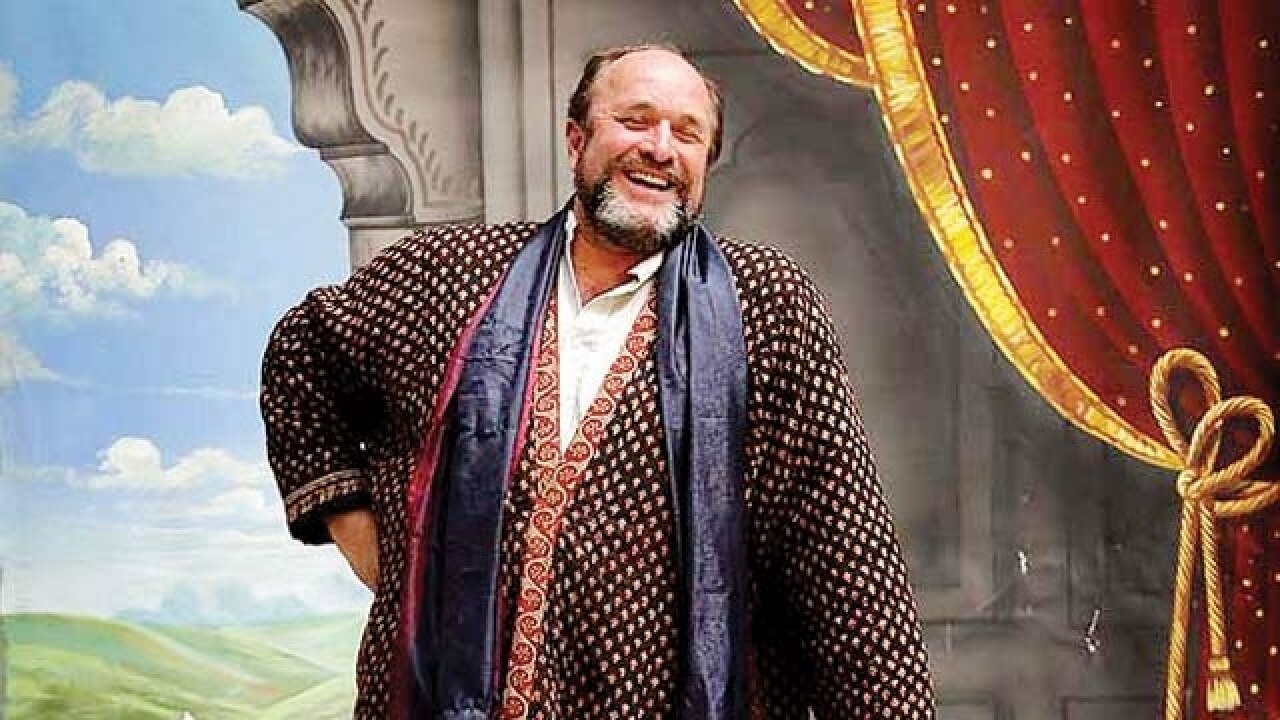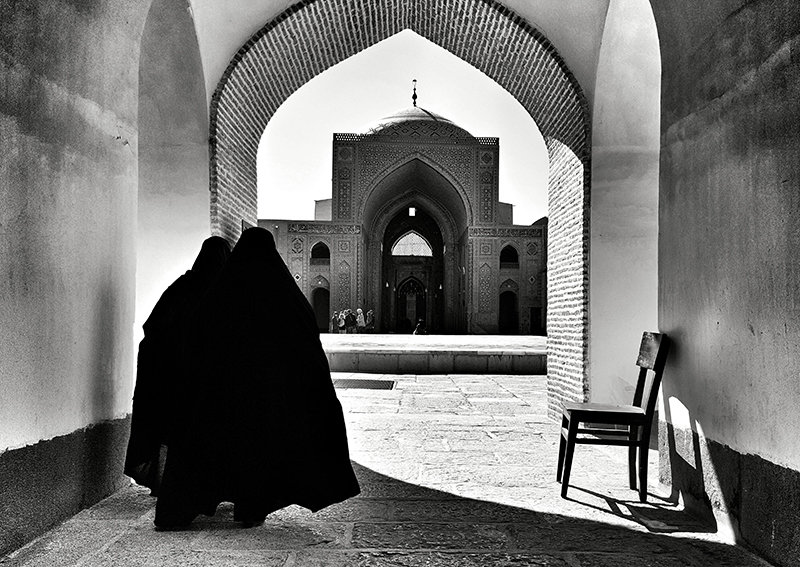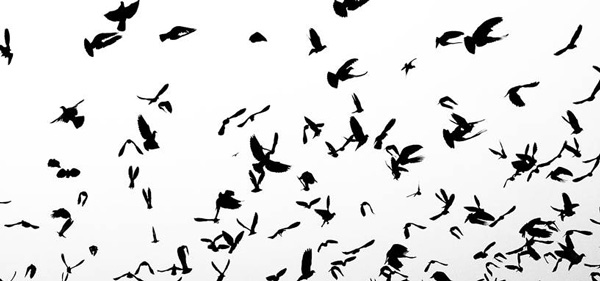
The renowned writer and historian has just seen the publication of his first book of photographs titled The Writer’s Eye by Harper Collins. William Dalrymple’s Calcutta-born, part-Bengali great-great aunt Julia Margaret Cameron was one of the greatest photographers of the 19th century. And this love for photography seems to have been passed on to him. His romance with the camera started at the age of seven when he was given a small Kodak for his birthday. At the age of 15, he bought himself a Contax 35mm SLR with a pin-sharp Carl Zeiss T* lens and the dark room became his second home for the next five years. In time, writing took over photography, but it has now become a rediscovered passion for him. The Writer's Eye is a collection of 60 photographs Dalrymple took over a period of 18 months during his travels from Leh to Lindisfarne, from the Hindu Kush to the Lammermuirs across the rolling hills south of Sienna. In an exclusive interview with dna, William Dalrymple talks about his photographs, the White Mughals documentary and more.
You’ve been into photography technically since the age of seven. Why haven’t you thought about an exhibition earlier?
This is a newly returned passion over the last 15 months. To be honest, I had an old film camera and I stopped taking pictures till I got the Samsung. Particularly in the last year, I became a reconvert and started taking pictures like the ones I was taking in my teens - black and white, grainy, moody images; the sort that I love. It began as a rediscovery and none of the pictures were taken with a view to exhibiting or publication. They were just for my own entertainment and like everyone else, to upload on Facebook or Instagram. I’d been getting kind comments from friends and various offers to exhibit. And then I found not one, but three galleries to exhibit (there’s a Mumbai show in autumn as well ) and a beautiful book by Harper Collins. I was blown away by the book – the production values are really high and a tribute to the Harper Collins designer. Books usually involve a lot of research, struggle and so on but this one was handed to me on a plate! (Laughs)

Photo: William Dalrymple
What are the kind of images that you enjoy taking?
The photographers I grew up admiring were Fay Godwin’s landscape work and Bill Brandt’s landscapes and nudes, and Don McCullin’s war photography which were all dark, grainy images. I was influenced by their work as a teen and I think these were images I had at the back of my head. I love the work of Steve McCurry, but my heart loves black and white.
You described your photographs are ‘dark and brooding’ as compared to your books.
Yes, I am not a dark and brooding kind of guy! (laughs) I am quite clear that photography comes from a different part of the brain. Writing is considered an intellectual exercise where you order your paragraphs and choose your words carefully. It involves intellectual conscious decisions. Taking a photograph is very emotional, spontaneous and a visual response to something. My writing is very polished and written and rewritten, but my photographs grab. I think it’s a different me taking the pictures as to the me writing the words.
Why did you opt for a mobile phone camera versus a DSLR?
I could have bought a DSLR and I still can. But like with anything in life, you gain something and lose something with any decision you make. With a mobile phone, you lose in terms of processing, focal length, and so on, but what you gain is that the cellphone is always with you and you can take pictures very discreetly. Cartier-Bresson in the 1940s and 1950s used the Leica camera which was quite small and it gives the guerrilla quality to taking photographs. The quality of these cellphone cameras are quite good now.

Photo: William Dalrymple
The White Mughals documentary on Discovery airs on March 28. How much of your book has it brought alive?
I think it’s pretty good. There’s always a big struggle of adapting a fat book into a short film or documentary or feature and White Mughals is by far the most complicated book I have written. It had to be simplified but I had been giving one-hour lectures on White Mughals, so I had a fair idea of where to start in writing the documentary.
Ralph Fiennes is to direct the movie version of White Mughals. When will it go on floors?
Frank Doelger, the man behind Game of Thrones, is producing the film and the script has been written. I understand that the finance is nearly together, but these things won’t be rushed. I am taking a voluntary advisory role for the role and will help in some pre-production, but I have handed the baby over. (Laughs)
(The photography exhibition has been curated by Sensorium Festival co-founder Siddharth Dhanvant Shanghvi. The Writer's Eye opens at Sunaparanta: Goa Centre for the Arts, March 18, Goa; Vadehra Art Gallery, March 29, Delhi; and the Grosvenor Gallery, June 2016, London. Mumbai date to be announced.)